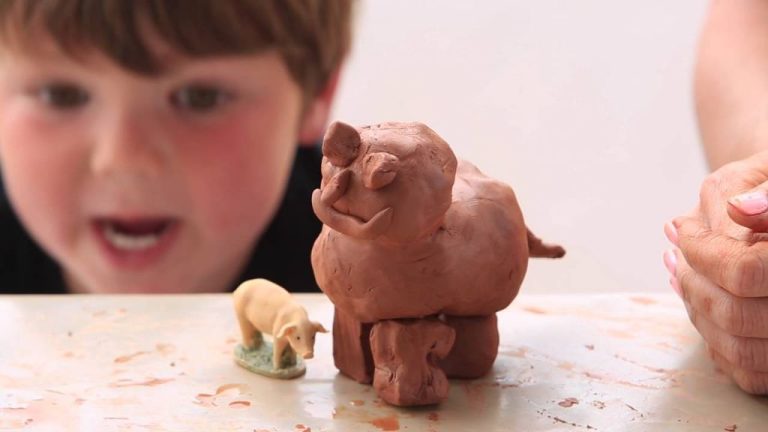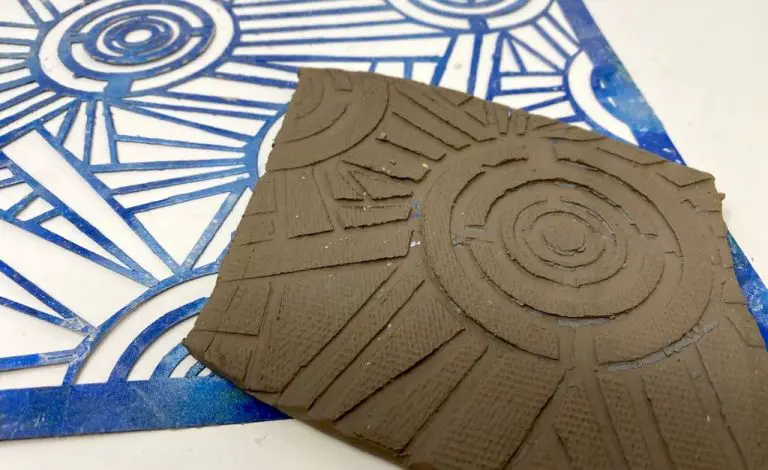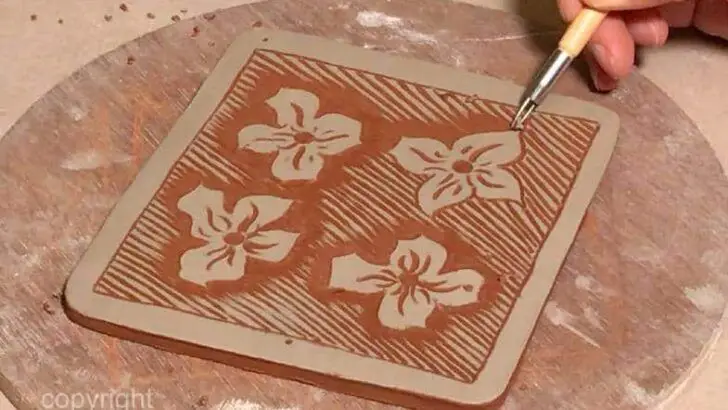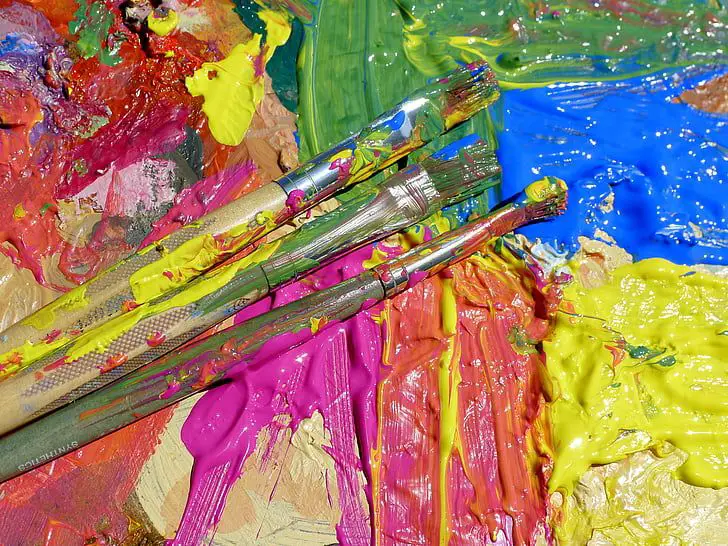Are Coyote Glazes Good?
What Are Coyote Glazes?
Coyote glazes refer to a line of ceramic glazes produced by the Coyote Clay company based in Santa Fe, New Mexico. Founded in 1975 by Vince and Kathleen Pitelka, Coyote Clay aimed to provide high quality yet affordable glazes and clays to potters and ceramic artists.
The Coyote glaze line includes over 60 different glazes that work across various firing temperatures. They are known for their vibrant colors, glossy surfaces, and excellent fit and flow on clay bodies. Some of the most popular Coyote glazes include Celadon, Shino, Yellow Rutile, and Red Iron Oxide.
Coyote glazes are primarily used by ceramic artists, potters, and hobbyists working with clay. They can be applied via dipping, pouring, or brushing onto bisqueware or greenware. When fired, the glazes melt and form a smooth, glossy coating on the clay surface. Coyote glazes are commonly used on both functional ware like mugs, bowls, and plates, as well as sculptural ceramic pieces.
One key advantage of Coyote glazes is their reliable results across different firing temperatures and clay bodies. Their formulations have been extensively tested for fit, finish, and color. This makes them easy to use even for beginner potters and ceramicists. Overall, Coyote glazes are known for their vibrant colors, user-friendly application, and consistent high-quality results.
Pros of Using Coyote Glazes
Coyote glazes offer many benefits that make them a popular choice among ceramic artists and potters.
One of the biggest pros is that coyote glazes tend to enhance the natural colors of clay bodies beautifully. The formulations bring out a palette of earthy tones from beiges and creams to rich browns, reds, and blacks. Coyote’s Red Iron Oxide glaze, for example, transforms light colored clays into a deep, saturated red.
Cite: https://coyoteclay.com/SlowCool.html
In addition to enhancing natural clay colors, coyote glazes can create a variety of aesthetic effects. Their surfaces range from buttery satin mattes to glossy and crackled. Effects like crawling, bleeding, and spotting emerge based on factors like thickness, firing temperature, and glaze fit. The diversity of possible outcomes makes coyote glazes extremely versatile.
Cite: https://coyoteclay.com/Instructions.html
Another big advantage of coyote glazes is that many of the formulas are lead-free and food-safe. The lead-free glazes are safer for studio use. And the food-safe varieties allow functional ware to be used for eating and drinking while maintaining rich colors and textures.
Cons of Using Coyote Glazes
While coyote glazes produce beautiful visual effects, there are some downsides to using them compared to solid glazes:
Coyote glazes can obscure intricate designs. The cracking effects of coyote glazes often intersect and cover over detailed elements of a piece, making it difficult to appreciate subtle sculpting or engraving underneath the glaze layer. Solid glazes allow the form and texture of the clay body to remain fully visible.
Coyote glazes require multiple firings. To achieve their signature crackle effects, coyote glazes must go through an initial bisque firing followed by at least one glaze firing. This adds time and complexity compared to single-fire glazing methods. Each additional firing also increases the risk of kiln accidents damaging the ware (https://coyoteclay.com/Instructions.html).
Coyote glazes are more expensive than solid glazes. The multiple components and specialized formulas of coyote glazes mean they typically cost more per ounce than basic underglaze, overglaze, and solid glaze options. This can add up quickly, especially when doing large production runs.
Types of Coyote Glazes
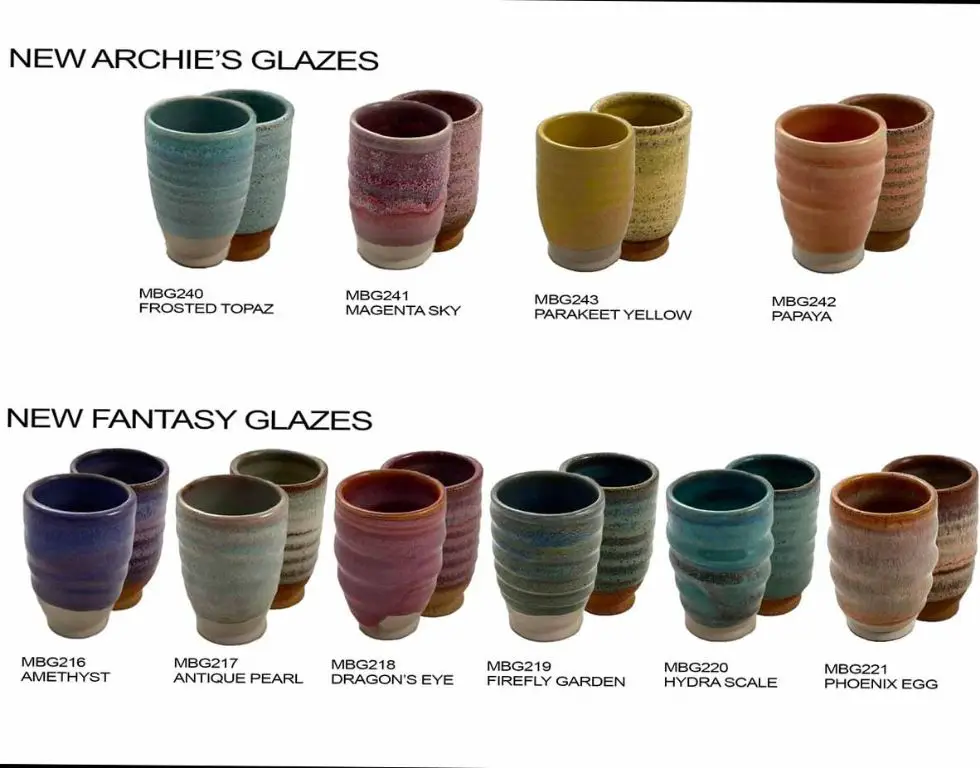
Coyote glazes come in a variety of types, each with their own unique visual characteristics and firing requirements.
Crawling Glazes
Crawling glazes like Coyote’s Crawling Juniper have a cracked or crawling effect on the clay surface. This is achieved by maximizing the clay/glaze thermal expansion mismatch. Crawling glazes can create interesting organic textures.
Breaking Glazes
Breaking glazes like Coyote’s Blue Purple separate into different colors during firing, creating streaks, spots, or uneven patches of color. The separation is caused by individual components of the glaze melting at different temperatures.
Blooming Glazes
Blooming glazes like Coyote’s Clementine produce crystalline effects on the surface. As the glaze cools, certain ingredients crystallize out of the glass and bloom on the surface. This creates delicate floral patterns.
Crystalline Glazes
Crystalline glazes contain high levels of zirconium, titanium, and zinc oxides. As the glaze melts and then cools, these oxides form into crystals, creating a shimmering surface texture resembling granite or quartz. Popular Coyote crystalline glazes include Zircot.
Best Practices for Using Coyote Glazes
When working with coyote glazes, it’s important to follow best practices to achieve optimal results. Here are some key tips:
Test on test tiles first. Before applying any new glaze to finished pieces, first test it out on test tiles to observe how it melts, flows, and matures at different temperatures. This will prevent any surprises or accidents on your finished works (https://coyoteclay.com/Instructions.html).
Control application thickness. Apply multiple thin coats of the glaze rather than one thick coat. Thick applications are prone to cracking, peeling or crawling. Allow each coat to fully dry before adding the next (https://www.sheffield-pottery.com/Coyote-Glazes-Tips-Application-and-Safety-s/394.htm).
Fire at proper temperatures. Follow the recommended firing range on the glaze label. Firing too low can lead to undermelting, while too high can cause bubbling or burning. Test different cone temperatures on your test tiles to find the optimal range.
Popular Coyote Glaze Recipes
Here are a few of the most popular and widely used Coyote glaze recipes:
Oatmeal Glaze
This buttery and satiny glaze works well on both functional and sculptural pieces. The ingredients are:
- Coyote 10 Oatmeal
- Coyote 4 Rutile Blue
When combined, these two glazes produce a pale tan glaze with blue speckles. The oatmeal glaze provides the smooth, creamy base while the rutile blue adds subtle visual interest.
Celadon Glaze
This versatile glaze has a classic celadon green tone. The ingredients are:
- Coyote 5 Celadon
- Coyote 10 Rutile Blue
The mixture of semi-glossy celadon and speckled rutile blue makes a light green glaze with faint blue accents. It works well on both sculptural and functional wares.
Orange Shino Glaze
This matte glaze has a distinctive crackled orange peel effect. The ingredients are:
- Coyote 10 Shino
- Coyote 3 Candy Apple Red
When combined, the red enlivens the classic shino with vivid orange tones. The shino provides the matte texture while the red adds a pop of color.
Tips for Troubleshooting Coyote Glazes
Coyote glazes are known for their vibrant colors and glossy finishes, but they can present some challenges during application and firing. Here are some tips for troubleshooting common issues with Coyote glazes:
Fixing Crawling
If a Coyote glaze is crawling or pulling away from the clay surface, it is often caused by the clay being too dry or by contamination on the clay’s surface. To fix crawling, try wetting the piece again before glazing or washing the bisque ware thoroughly before applying the glaze. Slowing down the drying time can also help the glaze properly attach to the clay (Coyote Pottery Glaze Instructions & Tips).
Avoiding Pinholes
Pinholes can occur when air bubbles get trapped in the glaze or when the glaze is applied too thickly. To prevent pinholes, apply Coyote glazes in thinner layers, allowing each layer to fully dry before adding the next. Stirring the glaze well and pouring through a fine sieve can also help eliminate bubbles. Firing at the recommended temperature is key to getting the glaze to flow smoothly and fill in any pinholes (Brushing Dipping Firing Slow Cooling).
Troubleshooting Breaking
Coyote glazes can be prone to crazing if the clay and glaze are not properly fitted. Make sure to test each glaze on the intended clay body and follow firing schedules carefully. Slow cooling the kiln can help prevent thermal shock that leads to glaze breaking. Using a clay with higher silica content can also improve fit with high expansion Coyote glazes. Underfired or overfired glazes are more likely to craze, so staying within the recommended firing range is key (Dry Glaze Mixing Instructions).
Notable Coyote Glaze Artists
Beth Colaizy is an artist known for her unique techniques using Coyote glazes. She often combines multiple Coyote glazes like Coyote Light Shino and Coyote Desert Sage to achieve one-of-a-kind effects on her pottery pieces. Colaizy’s style focuses on bringing out the natural textures and patterns of the clay using the fluid nature of these glazes. She allows the glazes to pool and break over areas of carved texture, embracing the serendipitous qualities of the firing process. Her pieces showcase the mottled, crackled surfaces capable with Coyote glazes.
Another renowned Coyote glaze artist is Ben Carter. His style is characterized by bold, saturated colors created from layering the rich Celadon glazes like Frank’s Colored Celadons. Carter’s pottery has an elegant, glossy look with vivid hues ranging from deep blues to vibrant greens and oranges. He uses the thick, glossy quality of the glazes to amplify color intensity. Carter is acclaimed for combining Coyote glazes with precise designs painted on the clay surface before firing. The interplay between the painted motifs and flowing glazed surfaces creates a sense of movement on his finished pieces.
Coyote Glazes on Functional vs. Sculptural Pieces
When using coyote glazes on functional pieces like mugs or bowls versus sculptural pieces, there are some key differences to consider:
For functional ware like mugs, it’s important to use food-safe glazes that hold up to repeated use and dishwasher cleaning. Popular coyote glazes for mugs include Coyote Black, Coyote Tan, and Coyote Red Gold accented with Hairbrow Slip (see this Pinterest board for examples). It’s best to avoid super-textured glazes on functional pieces, as those textures can trap food particles.
On sculptural pieces, you have more freedom to layer glazes and textures for artistic effect without durability concerns. For example, you can use Coyote Crystals or Coyote Crawling glazes that bloom or crawl to create one-of-a-kind surfaces on sculptures (see this video for before and after examples). The textures and colors of the glazes are allowed to take center stage.
When applying glazes to sculptures, be aware of pooling on angles and edges which can lead to excess thickness and crawling. Test glaze combinations on 3D test pieces before applying to finished sculptures. Consider surface prep – a coarser bisque may help layered glazes adhere properly. Allow plenty of drying time between layers.
The Future of Coyote Glazes
Coyote glazes have become increasingly popular among ceramic artists and potters in recent years. As one of the leading manufacturers of ceramic glazes, Coyote is well-positioned to continue innovating within the market.
Some key innovations and new trends to expect from Coyote glazes in the future include:
- New glaze lines and palettes, such as their new Cone 6 glazes which feature rich colors and crystal growth.
- Specialty glazes, like iridescent and metallic glazes, which allow artists to achieve unique effects.
- Collaborations with renowned ceramic artists to create custom glaze lines.
- Expansion into higher temperature glazes like cone 10, to appeal to more ceramic artists.
Coyote glazes have found great popularity among ceramic artists looking for reliable, high-quality glazes. As noted by Big Ceramic Store, “These new Cone 6 glazes from Coyote look fabulous in regular firings. A slow cool will maximize the growth of crystals and bring out the best in these glazes” (https://bigceramicstore.com/products/coyote-cone-6-glaze-summer-spice-mbg-173). Coyote glazes are widely used by hobbyists and professional ceramic artists alike.
Within the ceramic glaze market, Coyote glazes occupy a niche as reliable, versatile, mid-range glazes perfect for cone 6 applications. As they expand their glaze lines and innovation, Coyote is poised to maintain their popularity among ceramic artists looking for beautiful glaze effects.

